Homes and businesses at the fringe of the grid will be able to access renewable energy from their electricity network under new rules devised by the Australian Energy Market Commission (AEMC) that allow utilities to replace costly and lengthy poles and wires with stand-alone power systems (SPS). Customers in bushfire, cyclone, or flood-prone areas and weak parts of the grid will also benefit under the rules announced on Thursday.
This major national reform means that energy distribution businesses can take advantage of improved renewable technologies to choose SPS when it is cheaper than using poles and wires to supply their customers via the grid. Simultaneously, the rules ensure that remote homes and businesses are not losing their consumer protections, retail deals, or reliability. This means that they will get a better quality service with the same protections without paying more.
“We’re making sure the energy rules keep pace with technologies that allow better energy options, give people at the edge of the grid a more reliable service, help lower emissions and bring whole-of-system costs down,” said AEMC Chair John Pierce.”Stand-alone power systems, which are usually a combination of solar, batteries and a back-up generator, are getting cheaper and more sophisticated. In contrast, supplying customers using poles and wires in remote areas can be very costly.”
A no-brainer
SPS are already revolutionizing the energy landscape in Western Australia (WA), where big utilities are deploying these systems as a cost-effective alternative to maintaining and replacing ageing and skinny grid infrastructure in regional Australia. It is estimated that more than 50% of all the overhead distribution network in WA is dedicated to servicing around 3% of the population. Therefore, SPS do not only deliver value to remote customers and save millions in infrastructure costs but also translate into savings for all WA taxpayers.
“Network costs can increase further when there are issues with poor access and managing vegetation, or the need to use more expensive equipment (such as insulated overhead conductors or underground cable) to manage things like bushfire risk,” Pierce said. “Stand-alone systems give electricity networks more options – and that’s good for customers.”
However, until now, there has been no national approach to SPS, which have largely come under different state and territory legislation. Changing the rules will bring costs down across the board because network costs make up around half of the average electricity bill, the AEMC underlines, while checks and balances will still be in place, so customers are not left out in the cold.
Major savings
Previously, consumers in many parts of Australia could “go off-grid” only at their own expense and in most cases with very limited consumer protections. Now, the relevant legislation in each of the states and territories will need to be adapted to the new rules. The AEMC notes that while the total number of customers eligible for SPS will be relatively small, the cost savings to networks across Australia will be relatively large because getting power to this group is disproportionately expensive.
In WA, where the deployment of SPS is a particularly attractive proposition, WA grid operator Western Power estimates that servicing 57 stand-alone power systems at remote farms for their entire life will translate into almost $6 million in savings, compared to traditional network refurbishment, which would otherwise be needed to ensure reliable power supply to rural properties in off or edge-of-the grid areas.
Another off-grid program in WA is run by government-owned regional utility Horizon Power, which became the first utility in Australia to remove parts of its overhead network and replace it with off-grid renewable energy solutions. Horizon is installing 17 stand-alone power systems on fringe-of-grid properties east of Esperance, replacing 64 kilometers of unreliable poles and wires.
With new rules in place, further uptake of SPS across Australia may be expected, making it possible for utilities to service remote areas with such systems. However, the reform announced on Thursday applies only to SPS led by distribution network businesses.In the meantime, new rules that could regulate SPS run by non-distribution network businesses, such as local councils, community groups, developers, and other third parties, are in the works with the AEMC’s recommendations already sent to the COAG Energy Council for consideration.
This content is protected by copyright and may not be reused. If you want to cooperate with us and would like to reuse some of our content, please contact: editors@pv-magazine.com.
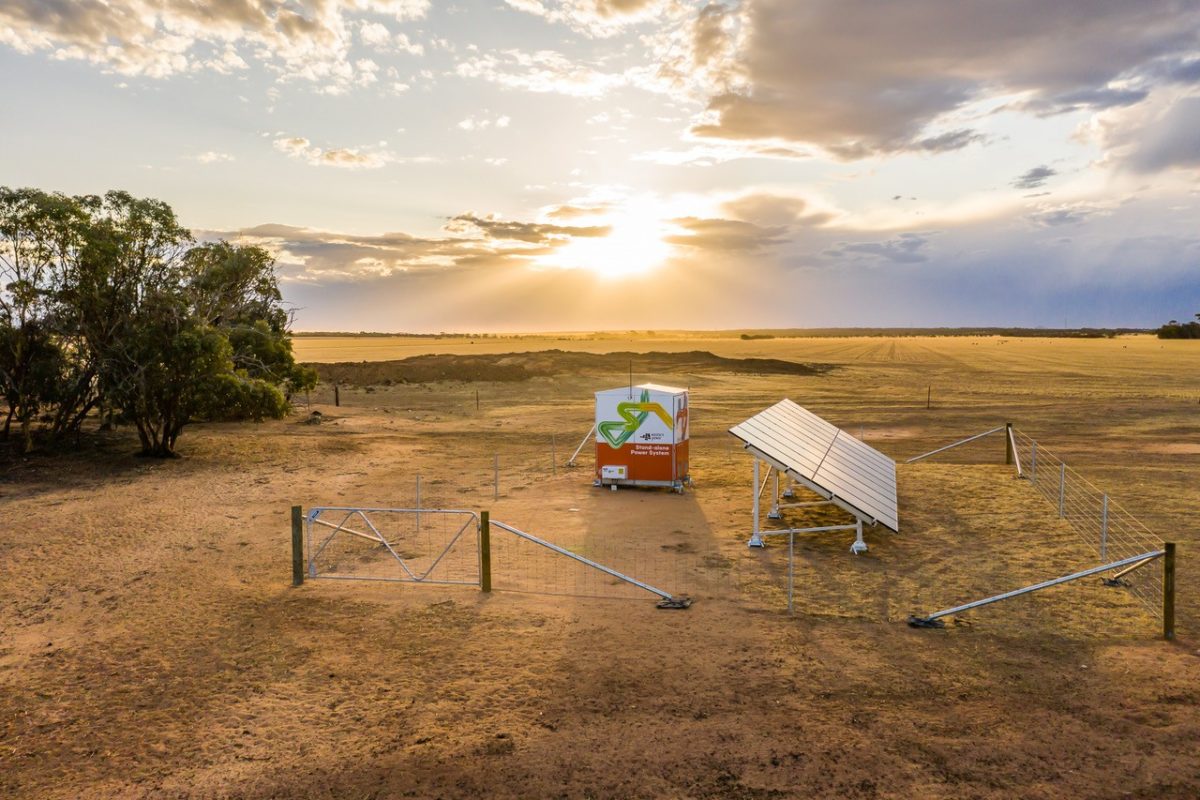
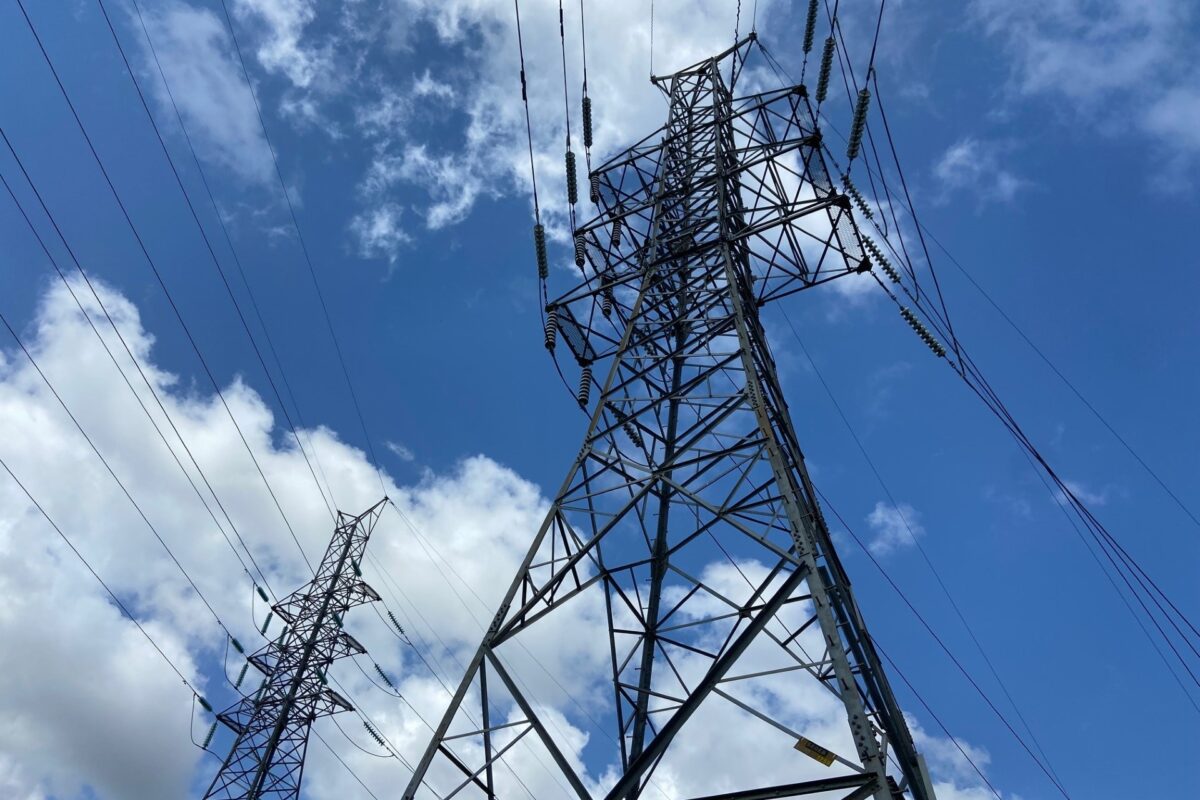


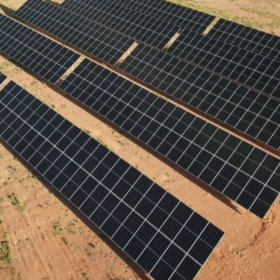
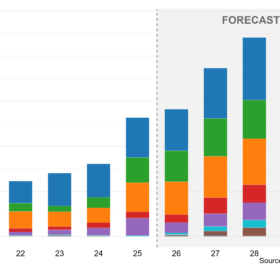
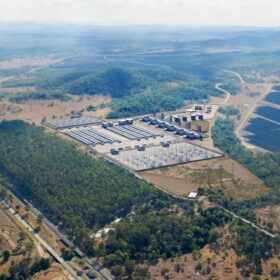
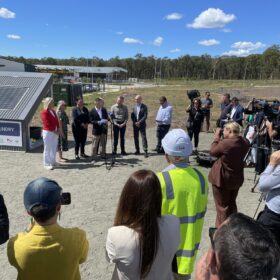
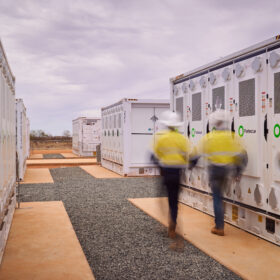
There have been a couple of projects that have been done to make a local grid area more robust by adding Energy Storage where it is too costly to run “new” wires to size up the systems capabilities. APS in Arizona did this in a small community called Punkin Center.
Former CEO of NRG Energy, David Crane announced that stringing wires on poles is going the way of the dinosaur. While at NRG he actually began programs for NRG to get into the residential solar PV business. Before the business model started taking off, NRG Energy’s stock started to dive and the “wise” board of directors, invited Mr. Crane to leave before his job was done. Sooner or later NRG Energy is liable to drown in their own fossil fuel generation stranded assets.
“SPS are already revolutionizing the energy landscape in Western Australia (WA), where big utilities are deploying these systems as a cost-effective alternative to maintaining and replacing ageing and skinny grid infrastructure in regional Australia. It is estimated that more than 50% of all the overhead distribution network in WA is dedicated to servicing around 3% of the population. Therefore, SPS do not only deliver value to remote customers and save millions in infrastructure costs but also translate into savings for all WA taxpayers.”
50% of all overhead distribution network services 3% of the population. This reminds me of PG&E in California. PG&E’s service area is 70,000 square miles, 18,130 hectares, a lot of the service areas in the North are covered by power lines through rough brush and mountainous terrain. Micro-grids as nodes on the overall grid or just plain separate micro-grids with no connection would be preferable to dangerous power lines through dry brush for miles and miles and miles…..
Millions could be saved in the premiums for insuring against life and property damage as a result of fires sparked by transmission lines. I live in southern California and would love to see PG& E and SCE adopt distributed power systems.